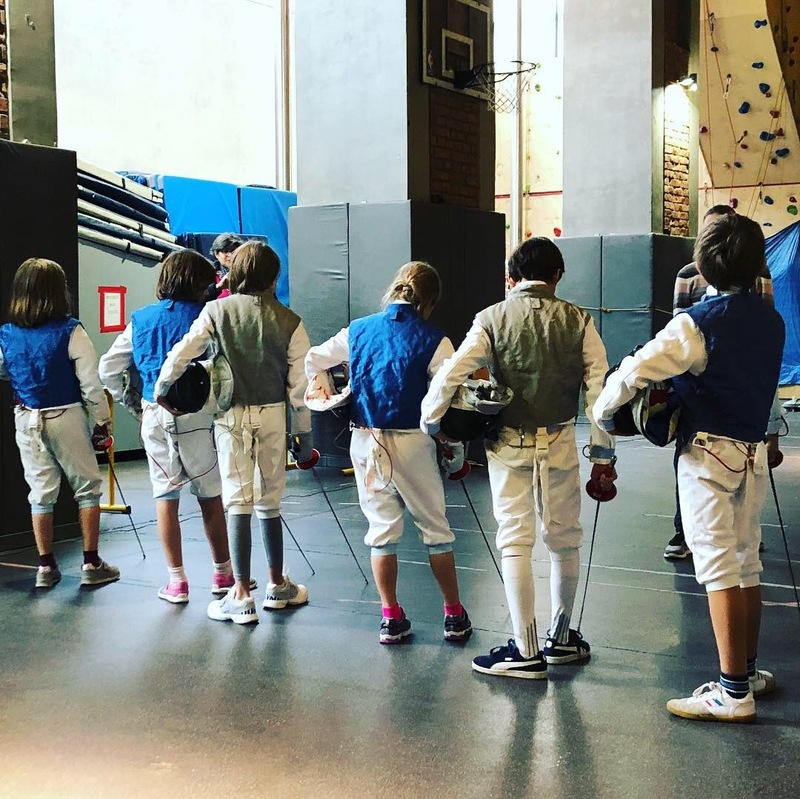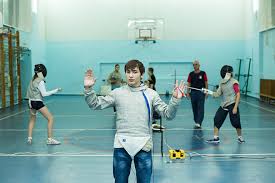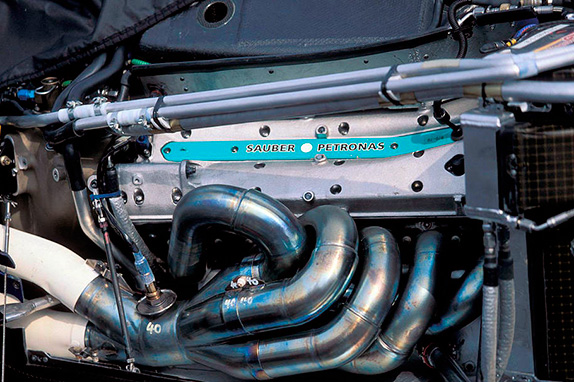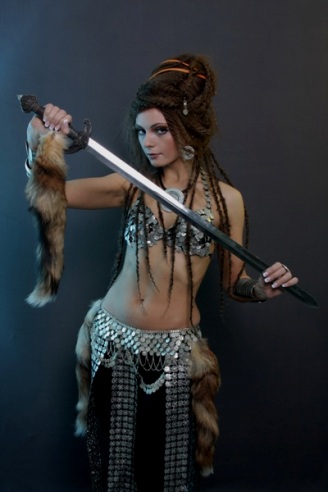PREPARING PERIOD OF TRAINING IN FENCING
 General tasks of the preparatory period: a) development and strengthening of the muscular and skeletal-ligamentous systems; b) improving the activity of internal organs (respiration, blood circulation, excretion and metabolism); c) improving overall coordination and developing speed of reaction; d) general retraction of the body and development of endurance; d) the introduction and development of habits of cultural behavior and discipline.
General tasks of the preparatory period: a) development and strengthening of the muscular and skeletal-ligamentous systems; b) improving the activity of internal organs (respiration, blood circulation, excretion and metabolism); c) improving overall coordination and developing speed of reaction; d) general retraction of the body and development of endurance; d) the introduction and development of habits of cultural behavior and discipline.
Special tasks of this period: a) testing and improving the basic skills of fencing equipment (techniques of attack and defense movements and methods of preparing for an attack); b) verification and improvement of the technique of complex fencing techniques; c) the development of a sense of distance, time and a sense of weapons; d) the development of speed, accuracy of movements.
The plan is built on the basis of the following methodological provisions: a) gradual retraction into work; b) a detailed study of the technique of each movement (achieving its utmost softness and elasticity); c) a gradual increase in the amplitude of movements (where necessary, for example, during an attack), a gradual acceleration of movement, starting from a slower and ending at the fastest pace, and a gradual decrease in the volume of movements with weapons (bringing them to the limits necessary for the battle conditions); d) compliance with the sequence of passing the technical program (focusing on improving the above basic skills of fencing equipment, time tracking and the development of speed and mobility).
When developing a plan, setting the duration of the training period, frequencies / and duration of classes, determine: a) the schedule of classes: daily routine taking into account the requirements of the training, general physiological workload and nutrition quality, b) the sequence of solving tasks of the training period and the basis for the content of individual classes , c) the basic methods of conducting individual sections of classes, d) the use of sports massage in training mode.
When deciding on the peculiarities of each fighter’s training, the trainer should evaluate his technical qualities, general physical fitness, moral-volitional qualities and features of previous performances (strengths and weaknesses), other workload, mode, nutrition, rest, etc. In accordance with this, individual additions to the general plan of group training are outlined. Keep in mind the following:
a) the better the technique is learned in the preparatory period of the training, the easier it will be in the main period to learn the basics of battle tactics;
b) technology has not academic, but utilitarian value. It should not be carried away by technology for the sake of technology, since complex technology is difficult to apply in modern combat;
c) modern fencing combat, based on speed and time accounting, requires that in the preparatory period maximum efficiency, speed, depth and timeliness of fencing movements should be developed;
d) special attention should be paid to a simple attack (lunge), attack with movement (step) forward and attack with an “arrow”, achieving in them such accuracy of movements of the armed arm, head, body and legs, in which a strict sequence of their inclusion in the movement and correctness of the transfer of the center of gravity in the direction of movement;
e) when developing the speed of fencing movements, it must be remembered that it depends both on the speed of movement itself and on the space (path) that the weapon passes. Therefore, along with technical improvement of movements, it is necessary to develop a sense of distance, limited movement;
f) in addition to speed, timeliness of movement is required, otherwise it will be countered by the enemy.
In parallel with the improvement of the technique of movements, it is necessary to achieve its fulfillment at the moment of the least readiness of the enemy. To this end, the trainee is taught to move from the position of complete immobility (or from moving forward or backward) to the attack movement. First, this is done on command, then on the agreed movement1 and, finally, on the independent choice of the moment the enemy is unprepared (performing a call, transferring weapons and one position to another, moving forward, etc.).
It is necessary to make groups of fighters of the same skill and capacity as possible. Along with this, for a more complete tactical training, it is necessary to select a group of fighters of different fighting styles. The productivity of the training work depends on the correctness and full use of the time of the trainer and each trainee and on the establishment of leadership, observation and control of the trainee. An individual lesson from the trainer is taken by the trainees in turn. Fighters, free from the lesson, conduct exercises according to the assignment by the mirror, on stuffed animals, targets, etc. The trainer should from time to time control the trainees on their own and, if necessary, give instructions. At the end of classes, together with the whole group, the mistakes and shortcomings are sorted out. Trainees are involved in mutual control.




